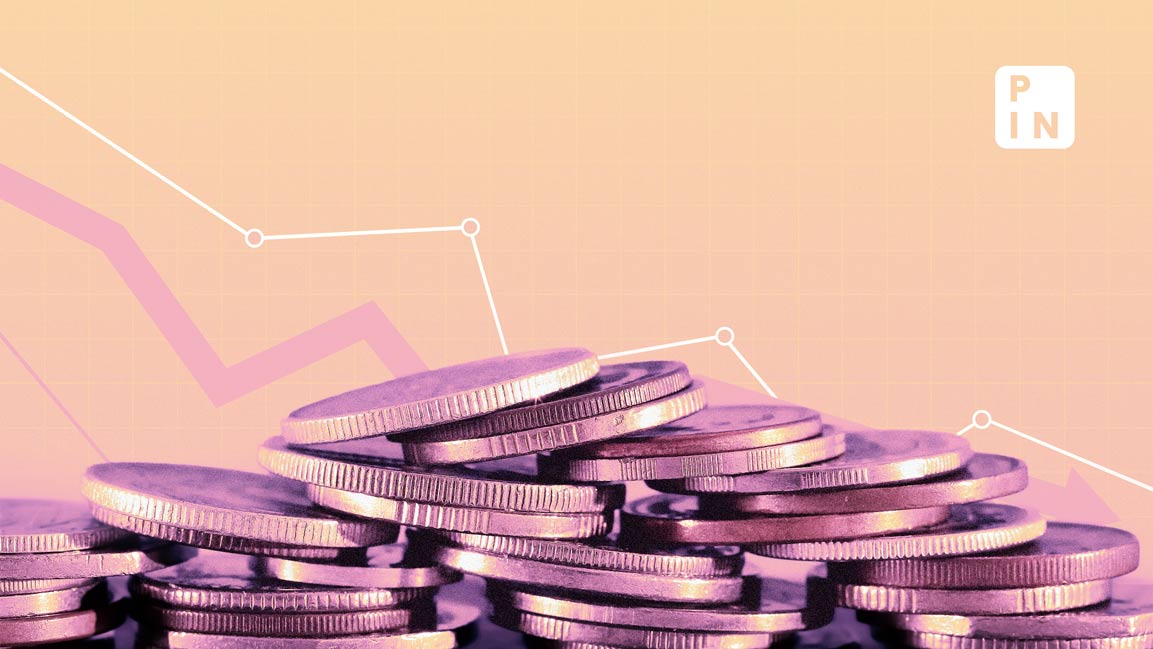- | 11:36 am
Fiscal deficit cools, GST soars, core sector growth slows down
Economic data released ahead of budget showed mixed signals

India’s fiscal deficit during the April-to-December period came in at a little over half of the annual estimate and lower than in the comparable period of the previous fiscal, signalling a health trend.
The government’s fiscal deficit, or the difference between its expenses and income, in the first nine months of the current fiscal year stood at ₹9.82 trillion, or 55% of the annual forecast of ₹17.87 trillion, data released by the Controller General of Accounts showed.
Fiscal deficit for the April-to-December period of the previous fiscal was ₹9.93 trillion, or 59.8% of the estimate of ₹16.61 trillion for FY23.
The fiscal deficit declined despite a bump up in government spending to boost growth, primarily on a surge in tax collections.
A higher fiscal deficit increases the debt load, leading to more funds allocated for debt servicing. This situation can strain an economy and negatively affect private investment.
In the April-December period of FY24, capital spending reached ₹6.74 trillion, or about 67% of the yearly target, up from ₹4.90 trillion in the same period of FY23.
Total revenue came in at ₹20.72 trillion, about 76% of the year’s forecast. Of this, tax revenue amounted to ₹17.30 trillion, or 74% of the annual forecast, while non-tax revenue exceeded expectations at ₹3.12 trillion, or 103.5% of the yearly estimate.
Overall government spending increased to ₹30.54 trillion, or 67.8% of the annual budget, up from ₹28.18 trillion in the same period the previous fiscal year.
The government aims to slash the fiscal deficit to 5.9% of GDP in FY24 from 6.4% in the previous fiscal.
GST collections perk up
Central and state governments mopped up ₹1.72 trillion in goods and services tax (GST) in January, the second highest figure ever since the indirect tax was rolled out about six years ago, data released by the finance ministry showed.
The gross GST revenue collected in the month of January is ₹1,72,129 crore, a 10.4% year-on-year (y-o-y) increase over the ₹155,922 crore collected in the same month a year ago, data showed.
In the April-January period, cumulative gross GST collection grew 11.6% y-o-to ₹16.69 trillion against the ₹14.96 trillion collected in the same period of the previous fiscal year.
Core sector expands at lowest pace in a year
India’s eight core sectors expanded 3.8% in December, the lowest in 14 months, data released by the ministry of commerce and industry showed.
In November, the growth of the core sector was initially reported at 7.8% before being marginally adjusted upwards to 7.9% by the commerce ministry. For comparison, the eight core sectors expanded by 8.3% in December 2022.
During the April-December period, the growth of the core industries stood at 8.1% y-o-y, mirroring the growth rate for the first nine months of the 2022-23 fiscal year.
The subdued growth in the core sector for December can primarily be attributed to a high base effect, as the overall index for the industries had seen a significant month-on-month increase of 10.1% in December 2022. This high base is the reference point for calculating the year-on-year growth in the final month of 2023, leading to a less robust performance in all but two sectors compared to their growth figures in November.













